How To Choose Shoes According To The Shape Of Your Foot
Find the perfect fit by understanding your unique arch and width for ultimate comfort.
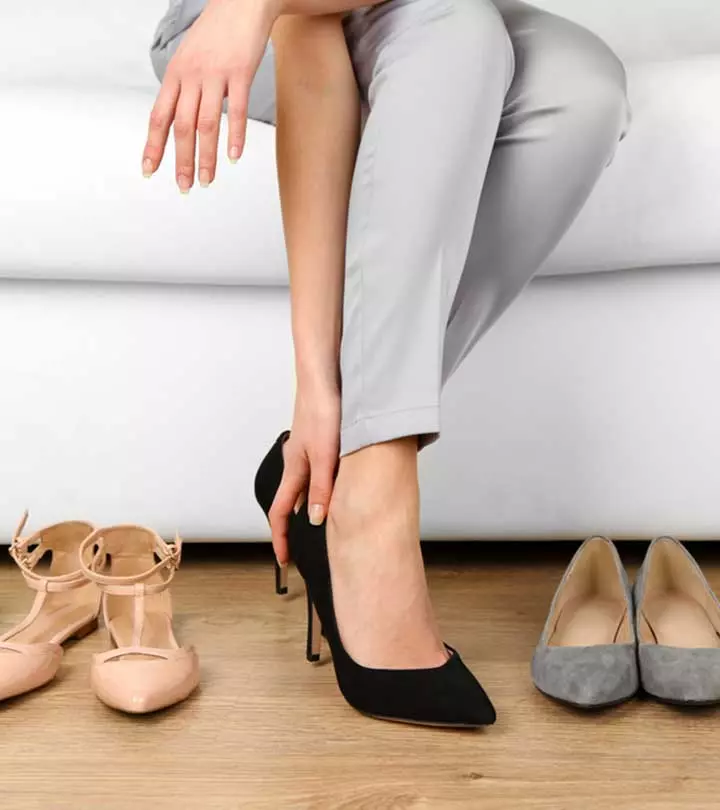
Image: Shutterstock
Welcome to a practical guide on selecting the ideal pair of shoes based on the unique shape of your feet. Just as no two people are alike, the same goes for our feet. Understanding how your feet are shaped can make a world of difference when it comes to comfort and style. Whether you’re seeking shoes for daily wear, sports, or special occasions, knowing your foot shape can help you make choices that prevent discomfort, enhance support, and let you put your best foot forward – literally! In this article, we’ll break down different foot shapes and provide insights into which shoe styles are most suitable for each type. Say goodbye to pinched toes, blisters, and achy soles, and say hello to shoes that feel like they were made just for you. Read on!
In This Article
Foot Shape
Everyone’s foot shape is unique, and it’s completely normal for your left foot to differ from your right foot. Despite common misconceptions, the length of your toes and the shape of your feet don’t provide insights into your character or ancestry. However, understanding your foot type can greatly aid in selecting comfortable footwear.
For instance, if you have wide feet, opting for shoes with a narrow toe box will inevitably lead to discomfort. Over time, this can even cause your feet and toes to become misshapen. To prevent this, it’s wiser to select footwear from the range designed for wide feet, ensuring a better fit and enhanced comfort.
Foot Arch
The arch of your foot serves as a vital shock absorber, enabling your feet to adapt to various surfaces while walking or running. It’s essential to focus on the longitudinal arch of your foot, as its height plays a crucial role in how your foot connects with the ground during these activities.
Longitudinal arches in feet can be categorized into three types:
Normal Arch
This is the typical arch structure that provides balanced support during movement.
Low Arch
A low arch causes the foot to flatten, which can lead to overpronation while running. Overpronation involves the foot rolling inward excessively during the gait cycle.
High Arch
A high arch results in less surface contact and inadequate impact absorption during running, increasing the risk of injuries.
Understanding your arch type is key to selecting appropriate and comfortable footwear, irrespective of price or quality. To determine your arch type, you can perform a simple test:
Fill a basin with water and place some sheets of paper or a napkin next to it.
Dip your feet into the basin after removing your socks.
Step onto separate sheets of paper or napkins with each foot.
Examine the footprints and compare them to the provided illustrations to identify your arch type.
Having excessively high or low arches can strain muscles and joints, potentially leading to injuries. Additionally, the natural movement of your foot, known as pronation, is influenced by its anatomical structure. Pronation affects how your foot absorbs shock and bears body weight.
Here’s how different pronation patterns manifest:
Neutral Pronation
The foot lands outside the heel and transitions smoothly to the central part of the foot. This distributes body weight evenly. (Corresponds to the central foot in the provided illustration.)
Overpronation
The foot lands on the heel’s surface and then excessively rolls inward, transferring weight to the inner side of the foot. This is common in flat feet or low arches. (Illustrated as the left foot in the image.)
Supination
The foot lands on the outer side of the heel at an angle, causing inadequate surface contact and excessive pressure on the outer toes. The foot tilts to the side. (Illustrated as the right foot in the image.)
Understanding your arch type and pronation pattern empowers you to choose footwear that supports your feet’s natural mechanics, promoting comfort and minimizing the risk of injury.
Curious about identifying your pronation type? Here’s a simple trick: Take a look at any shoe you’ve worn for an extended period. Just examine the sole.
If you tend to overpronate, you’ll notice more wear on the inner part of the sole. For those who supinate, the outer section of the shoe’s sole will display more signs of wear, just like in the photo above. Meanwhile, individuals with neutral pronation will have even wear across the back of the sole.
When it comes to selecting suitable shoes, there are key factors to consider:
Flat Feet
Opt for shoes with a roomy toe box that allows your toes to move freely. Adding insoles with excellent cushioning, arch support, and heel cups can make a significant difference. These specialized inserts help distribute foot pressure correctly and enhance overall comfort.
High Arches
Choose shoes that offer additional support for your foot’s arch and heel. Look for shoes with stiff soles and slightly wider heels at the bottom, providing extra stability.
Understanding your pronation type and foot structure guides you toward footwear that suits your individual needs, ensuring both comfort and support.
Selecting the right shoes based on the shape of your feet is an essential step toward ensuring comfort, preventing discomfort, and supporting your overall well-being. Embracing the uniqueness of your foot structure and understanding its specific needs empowers you to make informed decisions when it comes to footwear. Remember, there’s a shoe style that’s designed to provide the perfect fit for you. By considering factors such as arch type, pronation pattern, and the roominess of the toe box, you can prioritize both comfort and style in your footwear choices. So, what is your favorite kind of shoe? Let us know in the comments section!
Read full bio of Indrani Karmakar


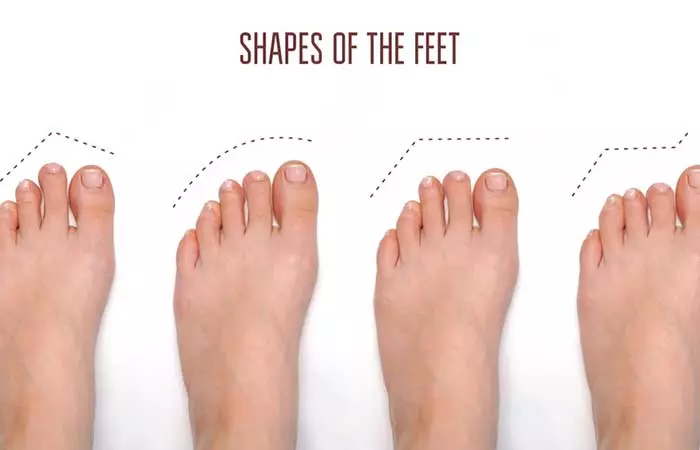


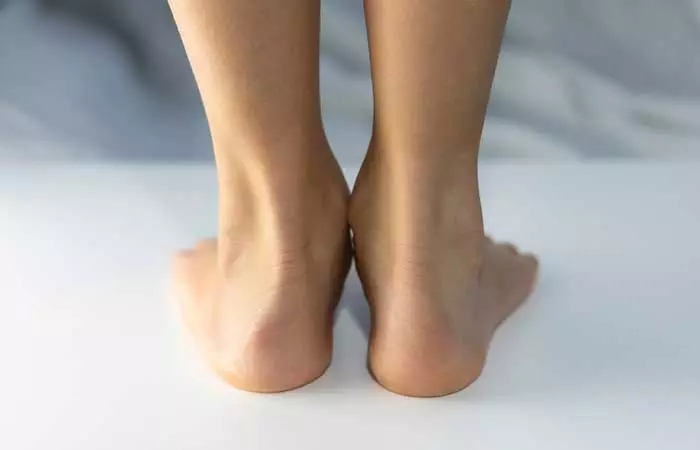
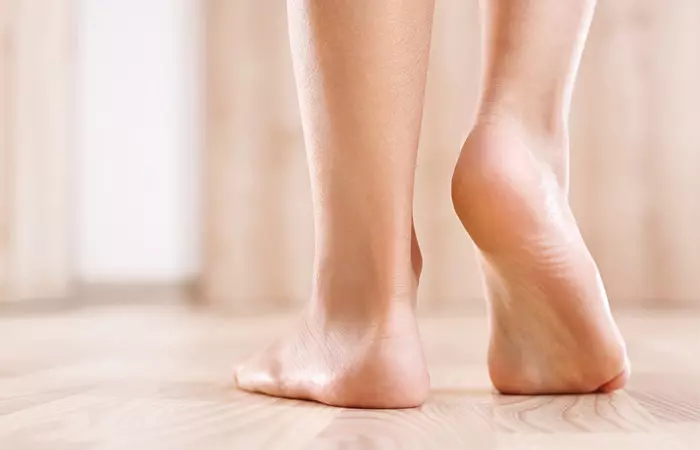
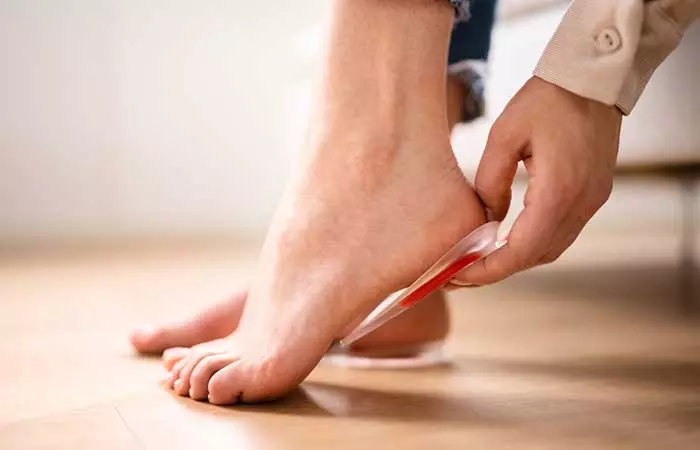


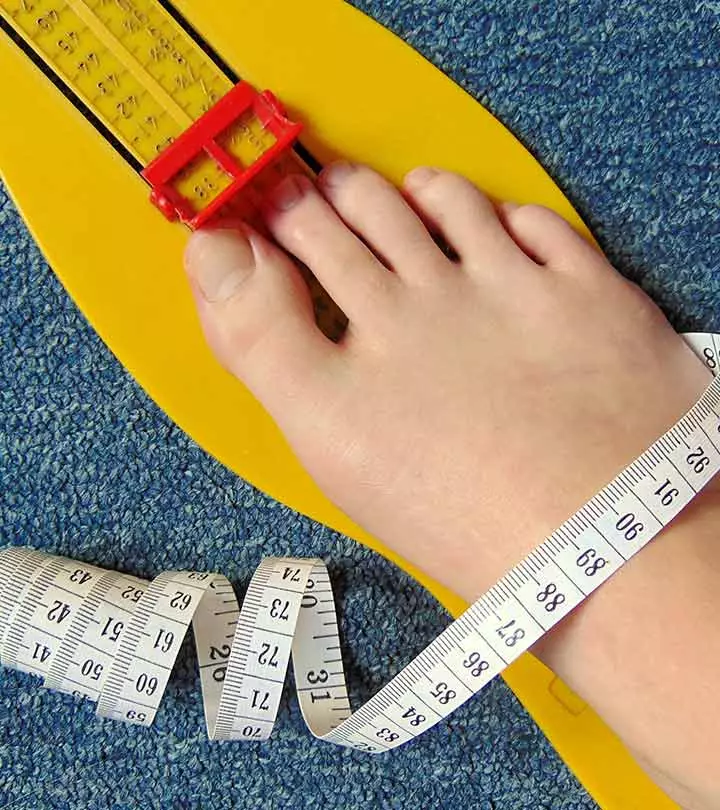















Community Experiences
Join the conversation and become a part of our empowering community! Share your stories, experiences, and insights to connect with other beauty, lifestyle, and health enthusiasts.